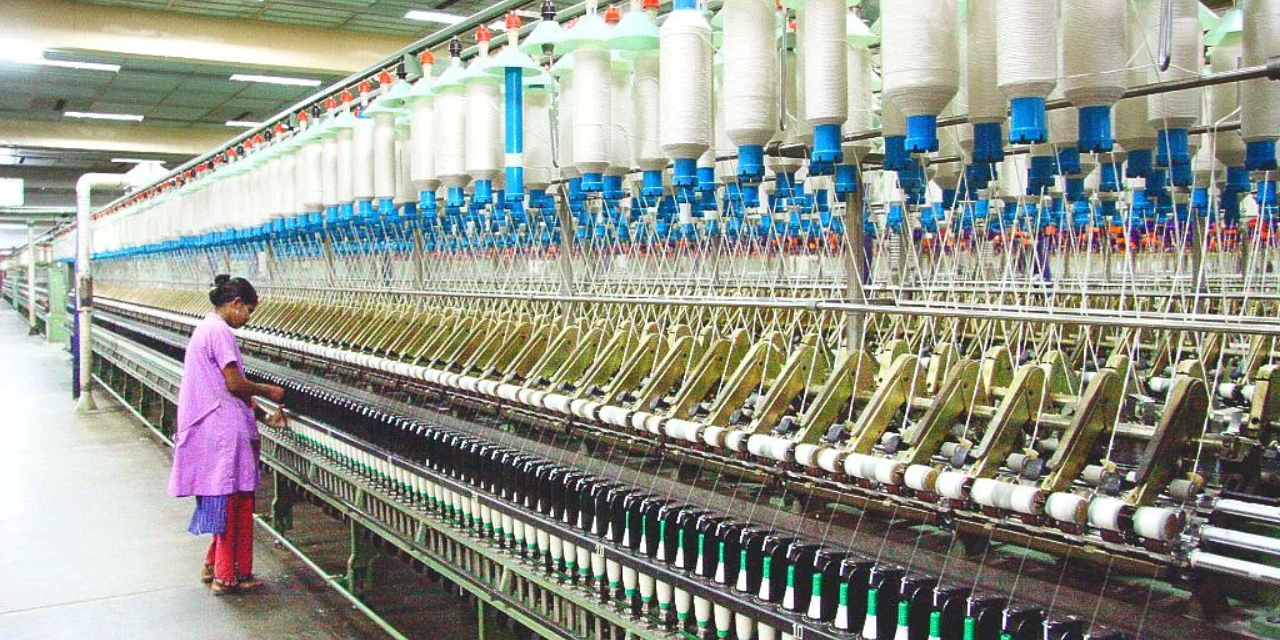“There was a shortage of clothing throughout the nation immediately following the Covid-19 outbreak and the subsequent lockdown. As a result, Surat gained enormous advantages. This was brief since Surat is a centre for synthetic fibres, particularly sarees and similar materials, whose demand has been steadily declining. Quality problems exist in clothing and stitched goods, and the industry is up against stiff competition from cities like Mumbai, Delhi, Indore, and Jaipur, according to Agarwal, who employs about 2,000 people and has an estimated annual revenue of about $250 crore. Additionally, he said that Surat’s textiles only made up a very small portion of the global market due to concerns with quality.
The crisis in the Surat textile sector will significantly affect the local population and those that rely on it. If numerous textile mills are had to close, it would result in job losses and a drop in the standard of living for numerous families. The textile industry has also been impacted by the crisis, since they have had trouble selling their goods.
“Conditions are worse than they were during the demonetisation period. The daily demand for fabric has decreased from 4.5 crore metres a few years ago to 2.5 crore metres today. Due to the approximately 1 crore metres per day of unsold stock, manufacturing has decreased by 1 crore metres per day. The corporations have recently started cutting back on labour hours in an effort to remedy the situation. a few have some have gone ahead and made it four days a week, while others have announced five days a week. According to Ashok Jirawala, head of the Federation of Gujarat Weavers Association (FOGWA), “many factory owners had recently made significant investments for technology upgradation but they are lying unused due to lack of demand.”
Jirawala estimates that Surat has 50,000 textile manufacturing facilities. While surviving in such times is difficult, he said, closing businesses repeatedly would mean losing skilled labourers and eliminating the possibility of reducing work hours.
The promoter of JR Dyeing and Printing Mills, one of the oldest saree-producing businesses in Surat, Kamalvijay Tulsian, claimed that the sector was on its way to stabilising after the Coronavirus crisis in 2021. The industry’s situation has gotten worse due to a dramatic fall in cash flows.
“I’m not sure what went wrong, whether it was sluggish export markets or declining raw material prices. About 30% less production is being produced overall in the sector. The industry has opted to cut back on the number of days worked each week to four or five, but the monsoon season will see a further fall in revenue as many migrant employees return to their villages to pursue farming. Finding qualified workers will now become more difficult, according to Tulsian, who also serves as the president of the Pandesara Industrial Association.
People with knowledge of the situation claim that the growth in Chinese imports is one of the key elements causing the problem. a flood of less expensive fabrics from Local manufacturers now find it tough to compete with Chinese producers. Although the Chinese textiles are of poorer quality, they are substantially less expensive, which attracts many consumers. According to a textile mill owner in Surat, this has caused a drop in the market for locally made textiles, which has negatively impacted the Surat textile sector.
The rise in production costs is another element that has fueled the crisis. Raw materials like cotton and silk are now more expensive, and labour is now more expensive as well. As a result, the entire cost of production has increased, making it challenging for the manufacturers to maintain their competitiveness.
The Gujarati government and To encourage investment in the sector, the federal government has implemented a number of measures, including financial support for the textile industry and the creation of textile parks. However, the industry has not entirely recovered despite these efforts. The sector requires a thorough strategy that takes into account all of the problems it is now facing.
Gujarat’s proposed textile park won’t be built for at least 3 years.
The money for the Textile Upgradation Fund programme of the central government, which expired in March of this year, should be renewed, according to Jirawala, who joined the ruling Gujarat BJP last year ahead of the Gujarat assembly elections, to support the growth of the city of Surat’s textile industry. He said that the business community had contacted the government to get more than 550 files cleared. of industrial owners whose requests for the sector’s government-announced subsidies are still being processed.

